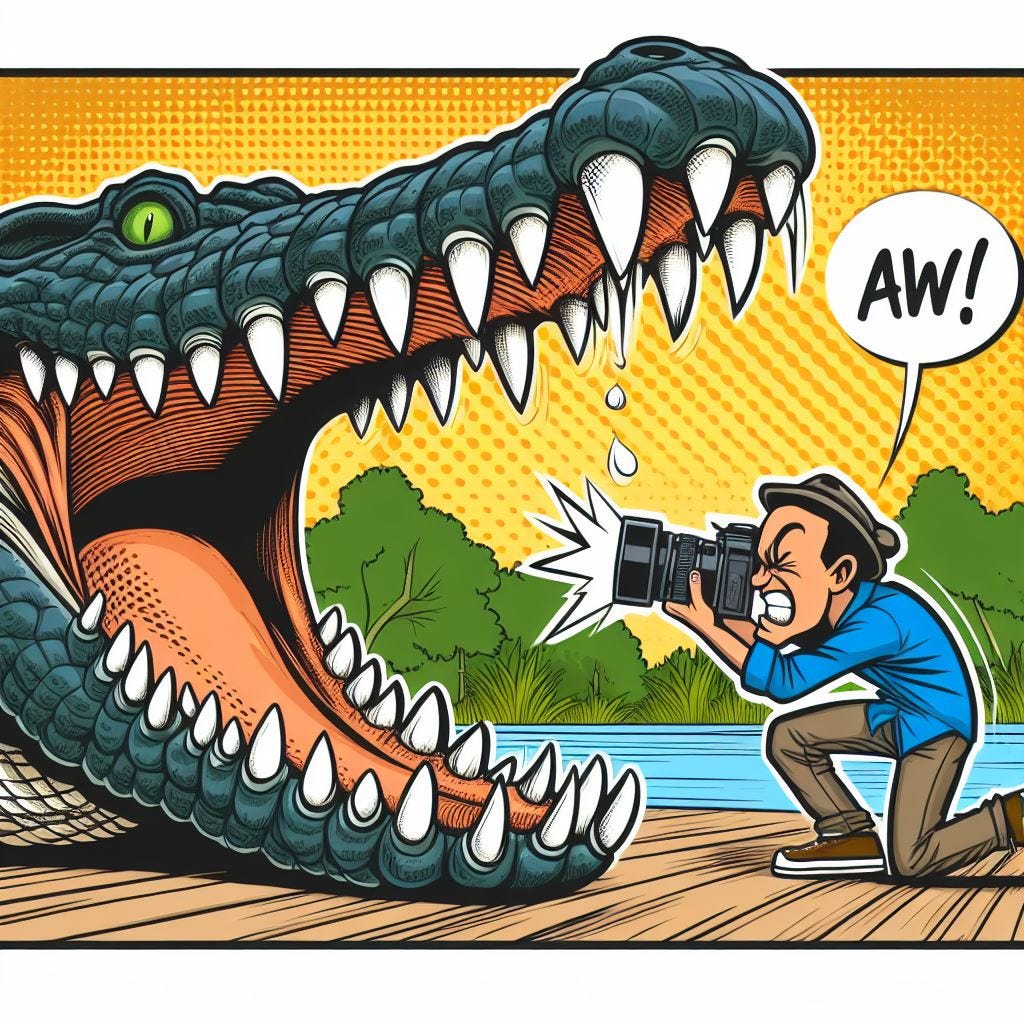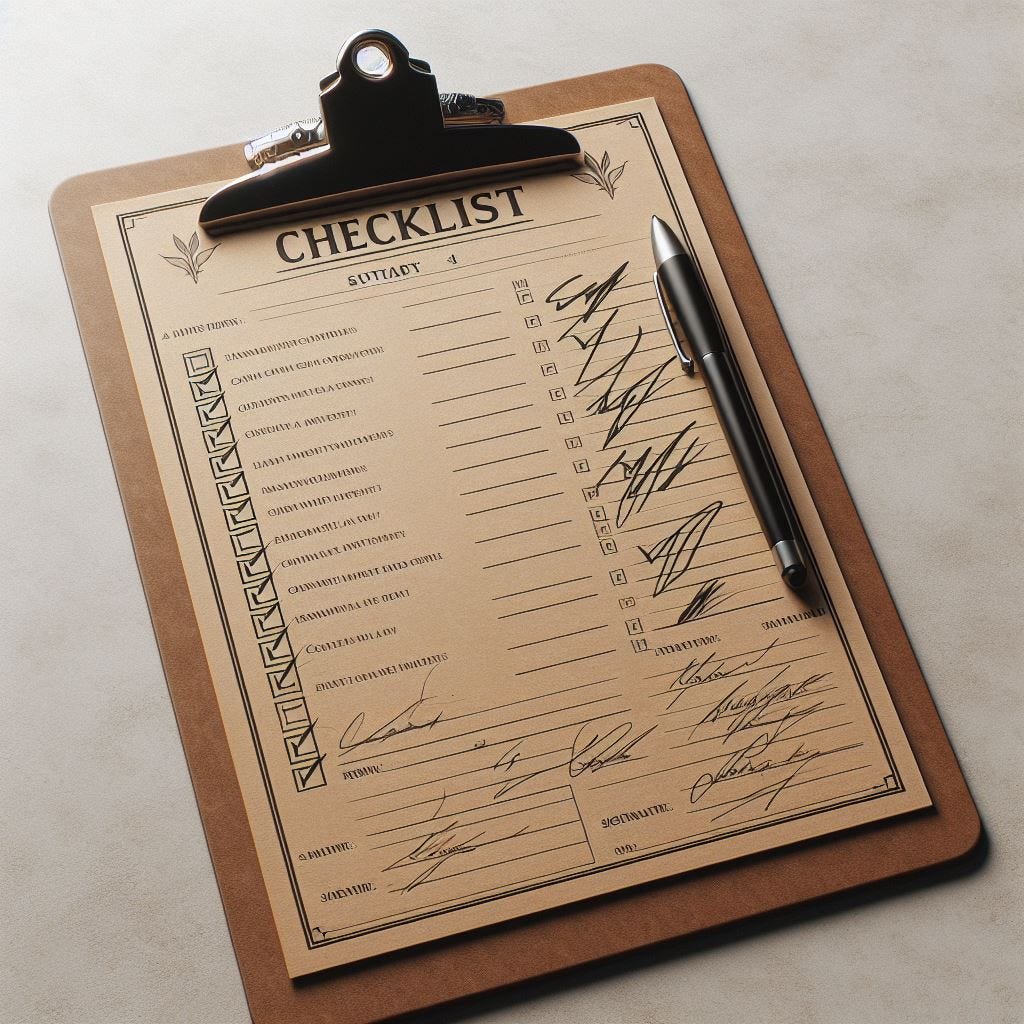Checklists, frameworks, and templates - Oh My!
Don’t Do Stupid: Checklists, Frameworks, Templates to Avoid Ruin
“The checklist is one of the most powerful tools ever invented.” That’s what Atul Gawande, a surgeon and a writer, said in his book The Checklist Manifesto. And he is right. Checklists, frameworks, and templates help avoid stupid mistakes and omissions. In this post, I'll share one of my favorites."
- Charlie Munger
My last post discussed getting my head in the right place and some effective tactics. Today, I’ll share one of my favorite tools. It’s a checklist I used to help with major decisions with my former project teams. Let me know if you find this useful.
Decision Checklist:
This decision checklist provided me with reminders for complex projects with a large global team. It’s overkill for small decisions so modify it as needed. Good checklists are precise. They are efficient, to the point, and easy to use even in the most difficult situations.
Before you start:
Eliminate the things that always make people stupid.
Hunger, Anger, Stress, Fatigue, Haste
Know your purpose, your "Why".
Limit your losses:
Triage to determine the importance, urgency, and impact of the decision.
Define the Problem Clearly:
What is the problem to be solved?
Why is the decision needed?
Define what an acceptable outcome will look like.
Write out a clear problem statement.
What information is required for a good decision?
What does failure look like? Define it.
Create Options: Having more than just the yes/no option leads to better choices.
Consider the "Do Nothing" or "Wait" options.
Invert the problem: Instead of “Increase sales” try “Fix what is hurting sales.”
Get diverse perspectives. - Include experts, users, and customers.
What would this look like if it were going to be easy?
Get ideas from outside companies and other departments.
Refine the Options:
Consider 2nd and 3rd order impacts. What are the effects downstream?1
Ethical and moral dimensions: Does it pass the sniff test? Is anything rotten here?
Evaluate and deal with risks. Avoid the risks or minimize their effects.
Plan for sustainability and resilience.
What must be true for this option to have a successful outcome?
Review with competent others.
Decide and act:
Negotiate and bargain for buy-in from the team.
Record the decision results and major factors influencing the decision.
Review the decision process after each pass. What worked, what didn’t, and why? Improve the process.
Sometimes simple tools are most effective. Checklists are one of my favorites.
Templates reduce the amount of work and organize it better. Put your heavy lifting into the planning for your mental tools so you can repeat your successes and make sure you don’t omit anything important.
Mental frameworks act as an on-ramp to get to the essential things right away.
Next time, we’ll look at an overall framework that helps me guide my thinking.
A first-order impact example: Company X gives a pay raise to all its workers. A second-order impact would be that the workers would spend more in the local economy. A third-order impact might be some new retail stores open in the area. Sometimes the downstream impacts of a decision can be larger than the first-order impacts.






